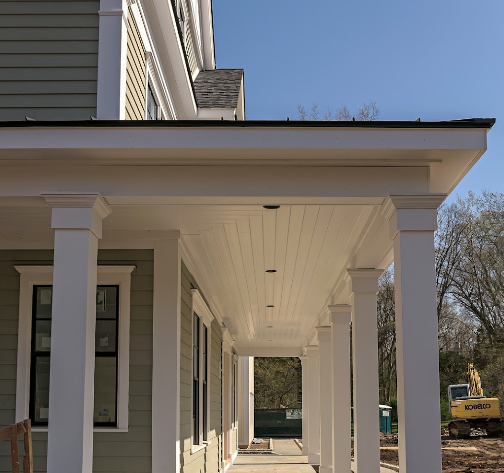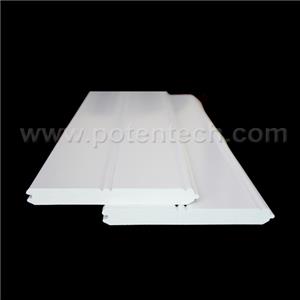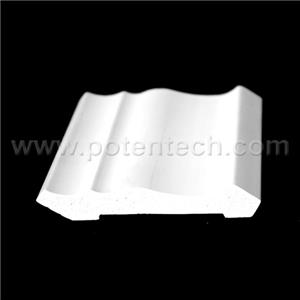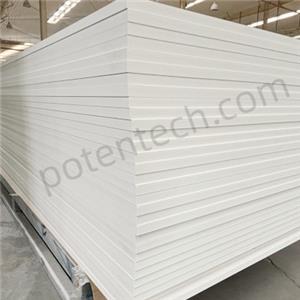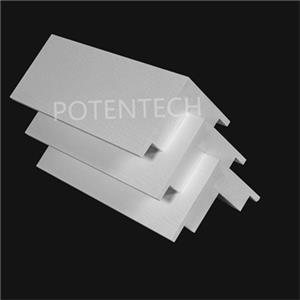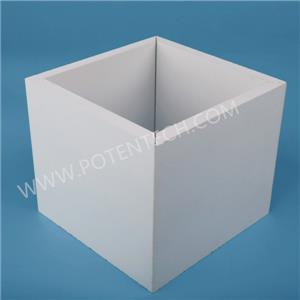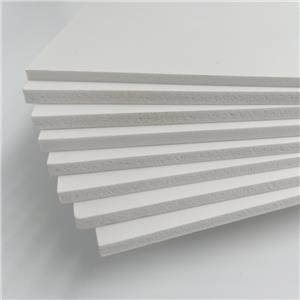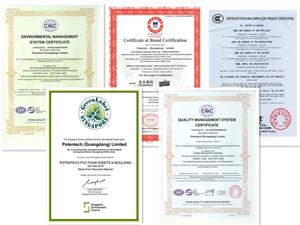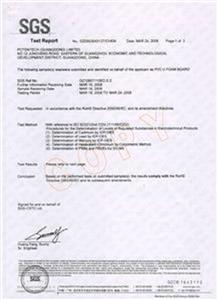Shortcomings of PVC Trimboard You Should Know
What is PVC Trimboard
PVC trimboard, also known as cellular PVC Trimboard, Vinyl lumber, is a synthetic building material made from polyvinyl chloride.
It is produced by extruding PVC resin combined with various additives to enhance durability, weather resistance, and workability.
The resulting product is a versatile trimboard used in exterior and interior applications due to its low maintenance and longevity.
PVC trimboards are versatile building materials used in various applications like PVC soffit and fascia systems, PVC column wraps, window and door trim, andcorner boards, etc.
Shortcoming 1: White PVC Trimboard May Yellow When Used Outdoors
One of the drawbacks of PVC trimboards, especially those in white or light colors, is their tendency to yellow over time when exposed to outdoor conditions. This discoloration, often referred to as vinyl lumber, is a natural occurrence in plastic materials due to UV exposure. While this change doesn't affect the structural integrity of the trimboard, it can impact its aesthetic appeal.
Shortcoming 2: PVC Trimboard Are Subject to Expansion and Contraction
PVC trimboards are susceptible to expansion and contraction, particularly when installed during extreme temperatures, whether hot or cold. This thermal movement can lead to gaps or warping if not properly accounted for during installation. However, these issues can be mitigated through proper installation techniques, such as leaving adequate expansion joints and following manufacturer guidelines.
Shortcoming 3: PVC Trimboard Is Not Suggest to Paint Dark Color
Another limitation of PVC trimboard is its restriction when it comes to painting dark colors. All paints used on PVC trimboards must have a Light Reflective Value (LRV) of 55 or higher to prevent excessive heat absorption, which can lead to warping or deformation. This restriction, often associated with vinyl lumber, limits the design flexibility of PVC trimboards in certain applications.
PVC Trimboard Also Has Advantages
Despite these shortcomings, PVC trimboards offer several advantages over traditional building materials like wood. They are resistant to rot, insects, and moisture, making them ideal for exterior applications. Additionally, PVC trimboards require minimal maintenance and can be easily cleaned with soap and water, saving homeowners time and effort.
Conclusion
While PVC trimboards have their limitations, such as potential yellowing, expansion and contraction issues, and painting restrictions, many of these shortcomings can be addressed through proper installation techniques and material selection. Like any building material, PVC trimboards require proper care and consideration to ensure long-lasting performance.

